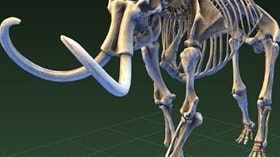Homepage
•
Learning Library
•
Blog
•
Making and learning with real artifacts
Expand breadcrumbs
Expand breadcrumbs
- Learning Library
- Blog
- Making and learning with real artifacts
- Homepage
- •
- Learning Library
- •
- Blog
- •
- Making and learning with real artifacts
Making and learning with real artifacts
By Glen Bull
October 29, 2014








